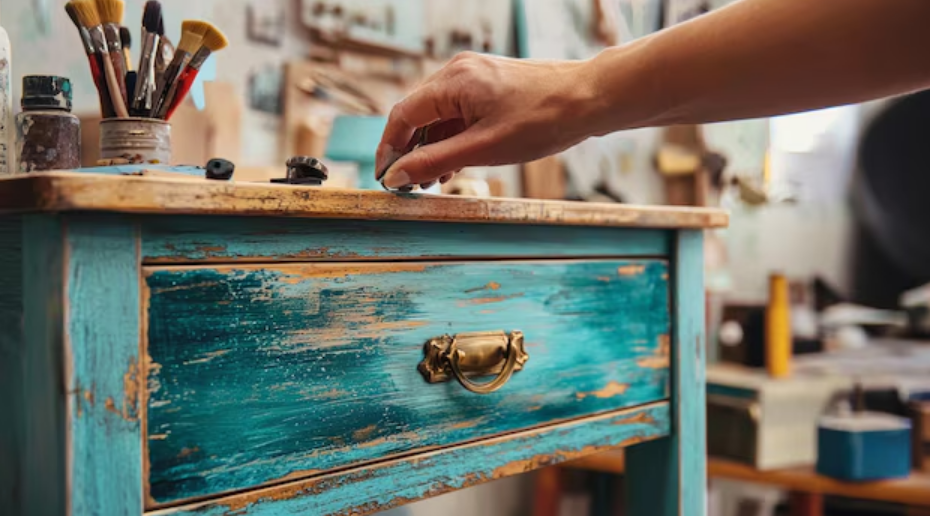Furniture restoration is a remarkable craft beyond mere aesthetics, delving into preserving cultural heritage and history. Each restored piece tells a story, capturing the essence of a past era while fitting seamlessly into our modern world. This art form requires a delicate balance of maintaining originality while breathing new life into each piece. Whether restoring an antique dresser or engaging in practical outdoor wood projects Edgewater MD, the extensive techniques and skills underscore furniture restoration’s significance and enduring appeal.
Unveiling Historical Treasures
Antique furniture holds unparalleled historical significance. Each piece represents the unique craftsmanship and stylistic preferences of its time, offering us a window into past societies and trends. As the years pass, these items accrue physical wear and historical value. Restoration is vital to preserving this legacy, meticulously uncovering the beauty and narrative in each heirloom.
Techniques That Stand the Test of Time
The methods employed in furniture restoration are as diverse as the furniture itself. Traditional techniques, such as French polishing and hand-cut joinery, are cherished for their ability to maintain historical accuracy. Meanwhile, contemporary methods, utilizing advanced adhesives and protective finishes, allow restorers to enhance durability while respecting the original design. The selection of materials is crucial: whether it’s sourcing period-authentic wood or finding a perfect stain match, each choice impacts the authenticity and longevity of the furniture. Knowledge of conservation ethics and techniques is essential for every step to be guided by respect for the piece’s heritage.
Environmental and Economic Benefits
Sustainability is more important than ever, and furniture restoration offers an eco-friendly alternative to disposal and replacement. Restoring furniture prevents unnecessary waste and conserves resources, making it ideal for those looking to reduce their environmental footprint. Additionally, restoration can often be more cost-effective than purchasing new furniture, providing high-quality, unique pieces at a fraction of the cost.
The Artistic Touch: Skills Required in Restoration
Furniture restorers are akin to artists and scientists; their work demands creativity, precision, and extensive historical knowledge. From understanding the intricacies of veneer repair to applying period-accurate finishes, each restoration project is a testament to their skill and dedication. This craft requires proficiency in using various tools and techniques and a deep appreciation for the aesthetic qualities of different styles and periods. Restorers draw on an understanding of art history, material science, and woodworking, harmonizing these disciplines to revive pieces while preserving their authenticity.
Stories From the Trade
In the restoration world, every seasoned professional has a unique tale to tell. Projects often involve intriguing discoveries, such as finding hidden compartments in desks or uncovering original patterns beneath layers of old varnish. These narratives illuminate the joys and challenges of the craft, underscoring the dedication required to achieve successful restoration outcomes. Through these projects, restorers revive the physical form of these pieces and enrich our appreciation of past lifeways and the artistry of previous generations.
Challenges in the Restoration Process
Restoring antique furniture is challenging, requiring technical expertise and creative problem-solving skills. Deteriorated veneers, compromised structural stability, and finish inconsistencies are common hurdles. To counter these, restorers employ various strategies, from meticulous joint repairs to carefully matching original finishes using layered stains and varnishes. The intricacy of addressing these challenges ensures that each piece retains its functional use while remaining true to its historical roots. This process underscores the importance of skill and precision in achieving a successful restoration, where the restored piece emerges with beauty and integrity intact.

